#astrophotography
Text

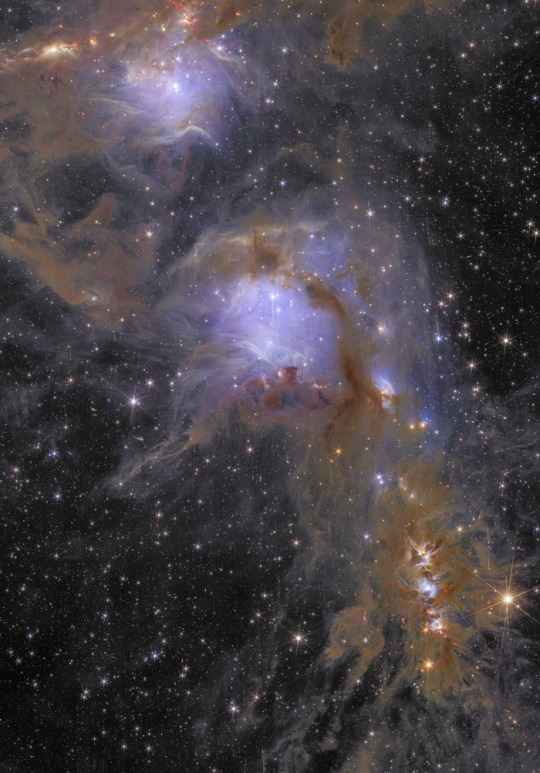
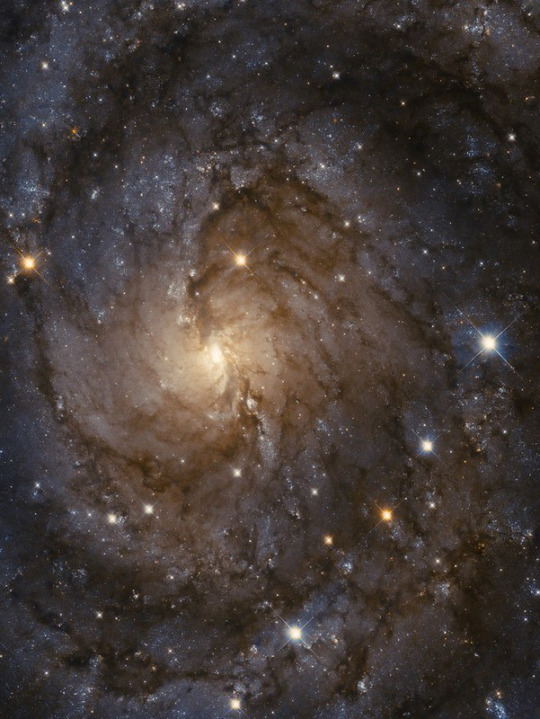
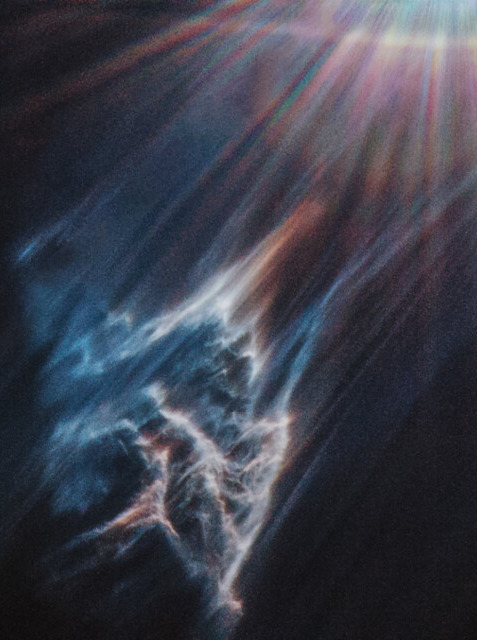

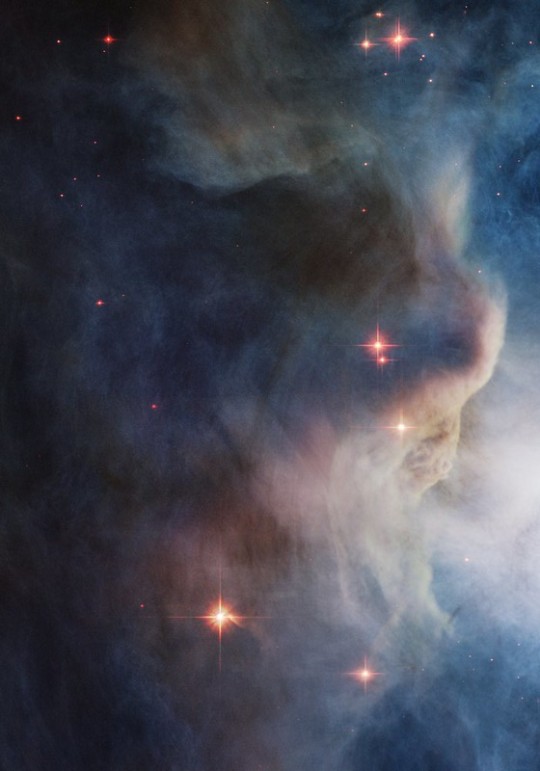


Voices from distant stars l Judy Schmidt/NASA/ESA
#space#astrophotography#astronomy#universe#messier 78#galaxy#planets#night#sky#solar system#butterfly nebula#supernova remnant
1K notes
·
View notes
Text
EEOC Sexual Assault Lawsuit
I was sexually assaulted at my job repeatedly. I need help getting an employment lawyer to take my case. If you can spare anything I would be eternally grateful. Thank you.
Direct Aid:
CA: $Enyasaint

#pride#gay#art history#asexual#astronomy#astrophotography#ateez#attack on titan#auspol#authors#avengers#baby animals#baking#barbie#batman#beauty#bedroom#bespoke#bibliophile#biology
253 notes
·
View notes
Text
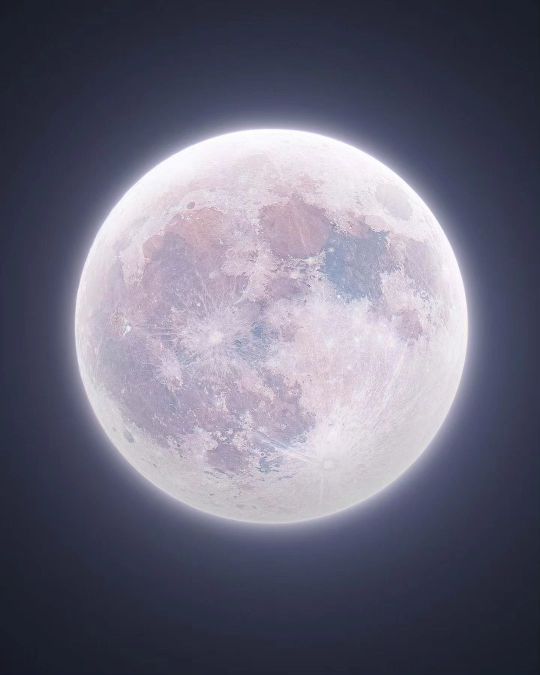
Luna, Earth's only natural satellite ©
#moon#full moon#space#astrophotography#nasa#stars#night sky#solar system#earth#astronomy#galaxy#planet#flower moon
346 notes
·
View notes
Text
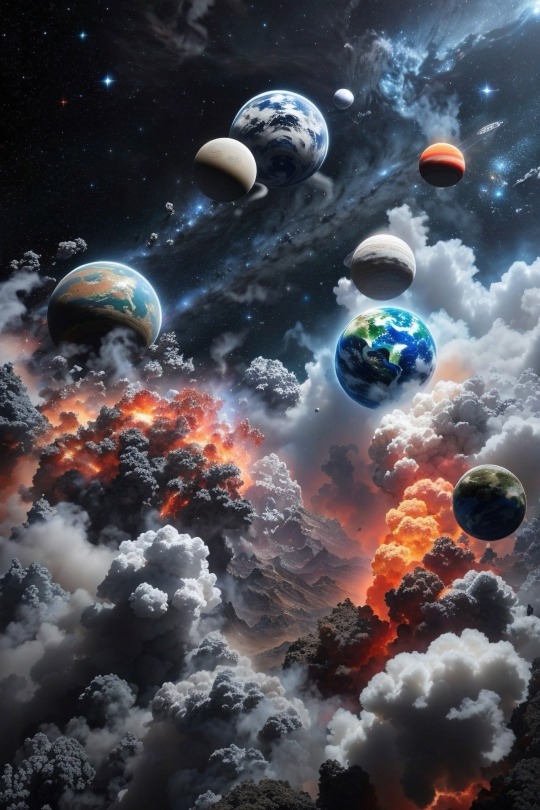
#wallpapers#free wallpaper#astronomy#nasa#astronomers#universe#astrophotography#nasa photos#astrophysics#outer space#nasawebb#hubble space telescope#i love astronomy#astronomy facts#astrography#space travel#our universe#international space station#space science#space exploration#nasa science#science facts#planetary science#astronauts#planetary nebula#nasaastronaut#nasa picture of the day#nasa jpl#deep sky#sky photography
96 notes
·
View notes
Text
#sweatshirt#honey gold#dimension 20#fatherhood#astrophotography#linguistics#kpop lockscreen#hobie brown#vintage gay#福利姬#isla fisher#wade wilson#alina starkov#ryan guzman#craft
124 notes
·
View notes
Text

M81 Galaxy.
Credit: NASA/JPL-Caltech/ESA/Harvard-Smithsonian CfA.
#space#science#nature#astronomy#Universe#Cosmos#Astrophotography#NASA#astro community#outer space#astrophysics#cosmology#hubble space telescope#galaxy#spitzer
39 notes
·
View notes
Photo

Space Shuttle Rising
Credits: NASA
34 notes
·
View notes
Text

The Pleiades, M45 // siqi ding
#astronomy#astrophotography#stars#star cluster#open cluster#pleiades#seven sisters#subaru#messier#messier 45#M45#taurus
42 notes
·
View notes
Text
WILL THE UNIVERSE EVER REACH EQUILIBRIUM??
Blog#406
Saturday, June 1st, 2024.
Welcome back,
In our experience, all physical systems eventually tend toward equilibrium: where entropy is maximized and no further energy can be extracted from it. This seems like an inevitable consequence of the second law of thermodynamics, and is absolute for any closed-and-isolated system. But our Universe is neither closed nor isolated, as it began from a hot and dense state and has been cooling, expanding, and clumping ever since the hot Big Bang.
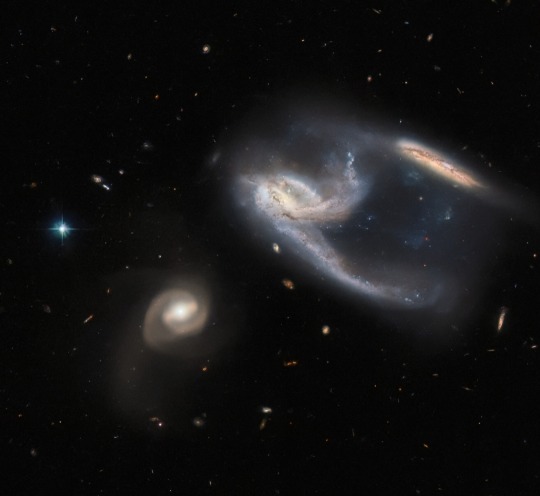
Even though its entropy has increased dramatically, parts of it like stars, planets, and even biological organisms, routinely extract energy and put it to work toward creating ordered systems. It seems like equilibrium, even 13.8 billion years later, is still very far away in a cosmic sense.
But will the Universe — the ultimate out-of-equilibrium system, in some sense — eventually reach equilibrium after all? That’s what James Calautti wants to know, asking:

“Is it possible that in the far distant future, after every single star has died, after the white dwarfs and neutron stars have faded, and the black holes have decayed, will the universe achieve a state of equilibrium?”
If certain assumptions hold true about our Universe, then yes, we will eventually achieve a state of pure equilibrium: where no further energy can be extracted to do work or enable reactions of any type. But that’s not necessarily how it’s going to shake out, even in the end. Here’s what we need to consider.

When the Big Bang first began, the Universe had practically no structure in it at all. No stars, no galaxies, no atoms, no atomic nuclei. It was hot, dense, and incredibly uniform: where the least dense regions were still ~99.99% as dense as the average ones and the most dense regions were only ~100.01% as dense as the average. Even though it was filled with ultra-relativistic quanta of radiation, plus particles of matter and antimatter, its entropy was around S = 1088 kB, where kB is Boltzmann’s constant.
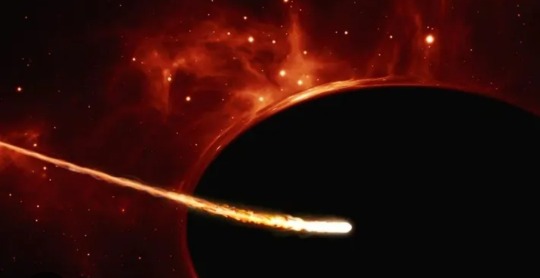
While 1088 may be a very large number, it’s not maximally large, especially not for the number of particles in the Universe.
Over time, as the Universe has cooled and gravitated, all sorts of structures have formed, from atomic nuclei to atoms to molecules, all the way up to planets, stars, stellar systems, galaxies, and clusters of galaxies embedded within a cosmic web. It’s as though the initially high energy state of the Universe, as the Universe expanded and cooled:
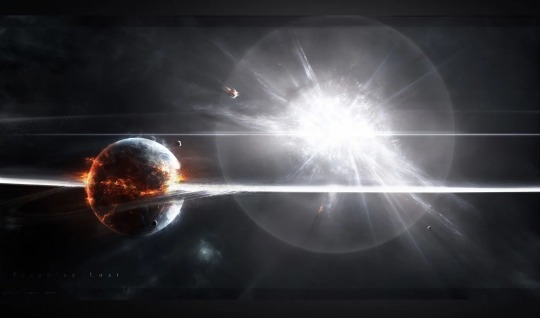
proceeded through a number of transitions,
where, from the hotter-and-denser conditions to the colder-and-sparser conditions, these transitions proceeded in an out-of-equilibrium fashion,
leading to the binding and formation of structure,
that seemingly created tiny “ordered” pockets at the expense of a larger-scale increase in “disorder,”
so that entropy increased tremendously over time. Today, the entropy of the Universe is about S = 10103 kB, or about 15 orders of magnitude (a factor of a quadrillion) greater than it was 13.8 billion years ago.
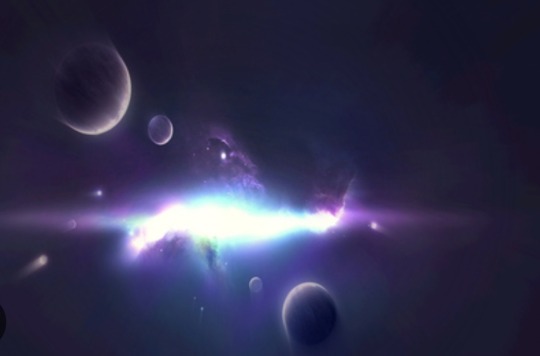
As time continues to march on, all sorts of energy-emitting reactions will still occur. Neutral atoms will form from the ionized plasmas in interstellar space. Light atomic nuclei will fuse into heavy ones inside the cores of stars. Clouds of gas will gravitationally collapse into bound structures like stars and planets. And massive objects will collapse down to create black holes, among many other natural processes. All of these processes, as well as many others, emit energy, which allows work — the physicist term for energy-that-gets-put-to-use — to be performed.

These processes all increase entropy on a global scale, but the emitted energy can be used to create regions that are more ordered, the same way that sunlight absorbed by photosynthetic organisms on Earth can be used to locally create order.
Nevertheless, the more energy-emitting reactions occur and the more time that passes, the greater the Universe’s entropy gets. As this occurs, there are now fewer opportunities for extracting energy from various processes. The Universe runs out of hydrogen, and fewer and fewer new stars form. Dark energy drives galaxy groups and clusters apart, and fewer cosmic mergers occur. More black holes form, and more compact masses get ejected into intergalactic space. Eventually, the entropy of the Universe starts to level off at a maximum value of around S = 10121 kB, which it will reach around ~1020 years from now.
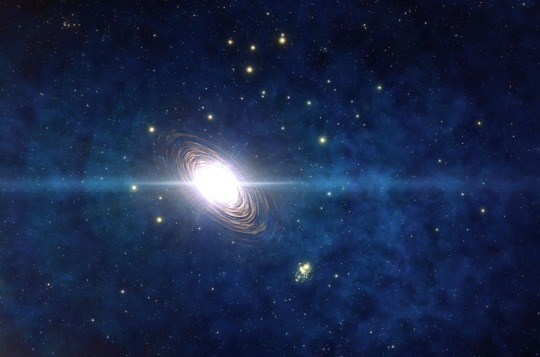
At that point in the far future, all of the stars that exist today will have long since burned out. The future generations of stars that will have formed from their ashes and the remaining gas within galaxies will have burned out, too, leaving only stellar remnants behind: white dwarfs (which will have faded to black), neutron stars (which will have faded to black as well), black holes, and failed stars. On occasion, two failed stars will merge together and briefly create a low-mass red dwarf star: the last luminous lights present in our cosmos. When they burn out and fade to black as well, the last stellar lights will be extinguished.

Gravitational interactions will cause galactic remnants to decay and dissociate. Objects in orbital systems, like planets around stellar corpses, will see their orbits decay due to gravitational radiation, leading to inspirals and mergers. Black holes themselves will decay away through Hawking radiation, with stellar mass black holes taking ~1067 years to decay and the largest supermassive black holes taking upward of ~10100 years to decay away completely. Meanwhile, intergalactic space becomes sparser and sparser as dark energy continues to accelerate unbound objects away from one another. Eventually, there are no energy-producing sources left in the Universe, and the entropy of what remains is maximized.
Originally published on https://bigthink.com
COMING UP!!
(Wednesday, June 5th, 2024)
"WHAT WAS BEFORE BIG BANG??"
#astronomy#outer space#alternate universe#astrophysics#universe#spacecraft#white universe#space#parallel universe#astrophotography
38 notes
·
View notes
Text

Valles Marineris on Mars (One of the most colossal canyon system in our solar system)
24 notes
·
View notes
Text

A Lunar Corona over Paris via NASA APOD
#cloudy moon#colorful#moon#lunar corona#space#nasa#apod#astrophotography#astronomy#universe#france#paris#earth#planets#solar system
94 notes
·
View notes
Text

The 12 full moons of 2022 by loonarpix
70K notes
·
View notes
Text
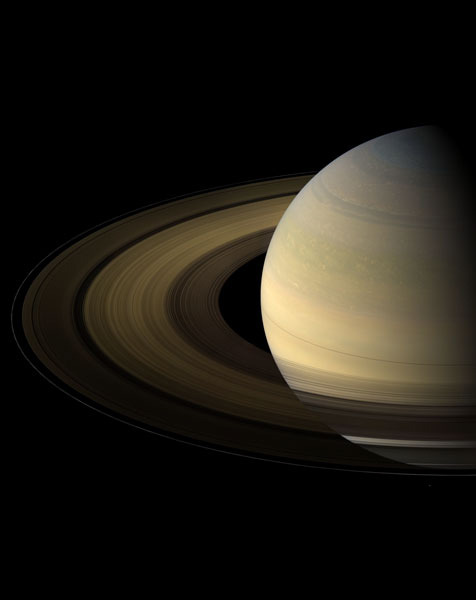
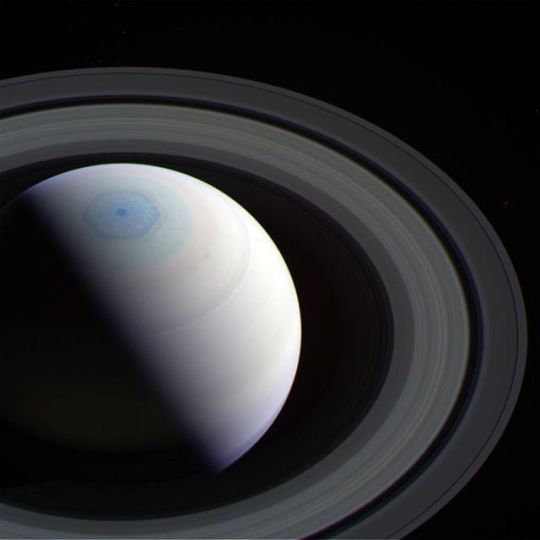
Saturn in our solar system
#saturn#cassini#solar system#space#astrophotography#nasa#planets#universe#astronomy#stars#night sky#cosmos#galaxy
307 notes
·
View notes
Text
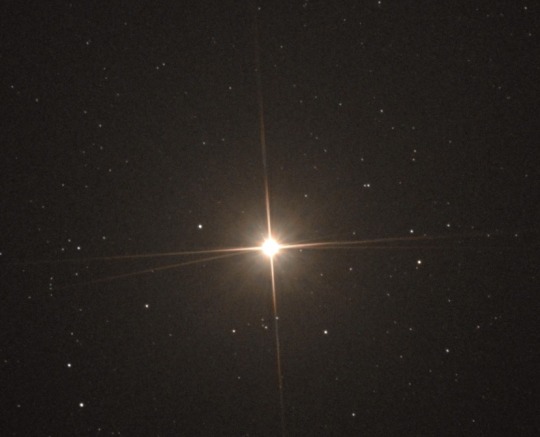

Betelgeuse, one of the brightest stars in the night sky!
#betelgeuse#star photography#starchaser#nasaastronaut#nasa photos#nasawebb#nasa#nasa science#nasa jpl#nasa picture of the day#astronomy#astronomers#universe#astrophotography#astrophysics#outer space#hubble space telescope#international space station#space science#space exploration#space#science facts#planetary science#science#planetary nebula#our universe#solar system#the universe#i love astronomy#astronomy facts
91 notes
·
View notes
Text

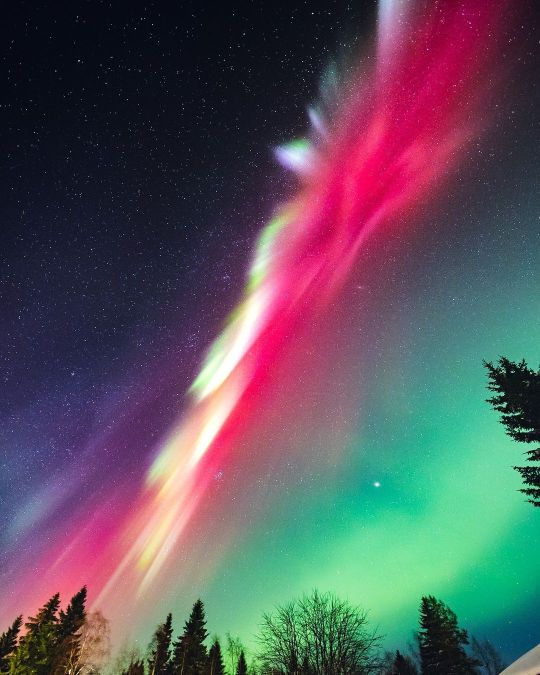
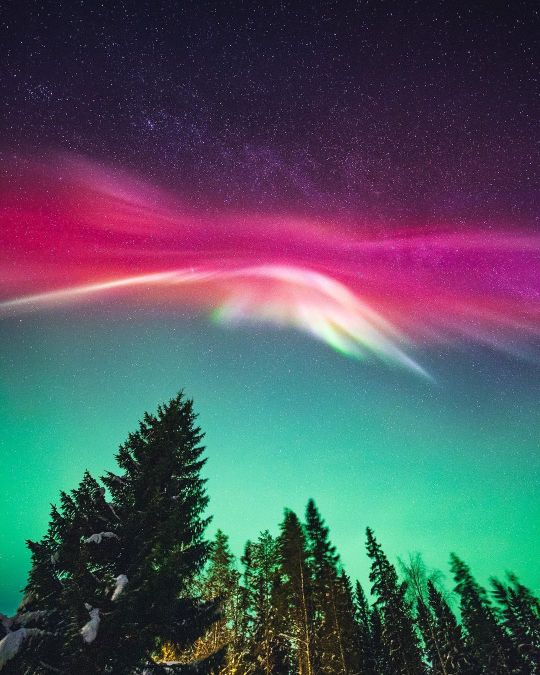
Aurora & Milky Way
matalalta
11K notes
·
View notes
Text
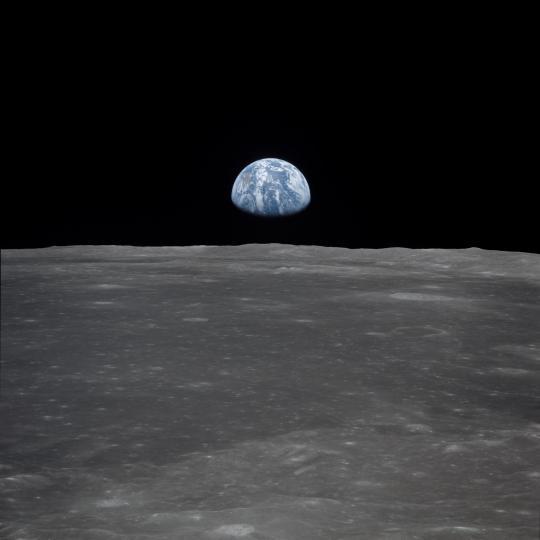
Apollo 11 Mission image - View of moon limb, with Earth on the horizon (July 1969).
Center: JSC.
#space#science#nature#astronomy#Universe#Cosmos#Astrophotography#NASA#astro community#outer space#astrophysics#cosmology#moon#earth#apollo
26 notes
·
View notes